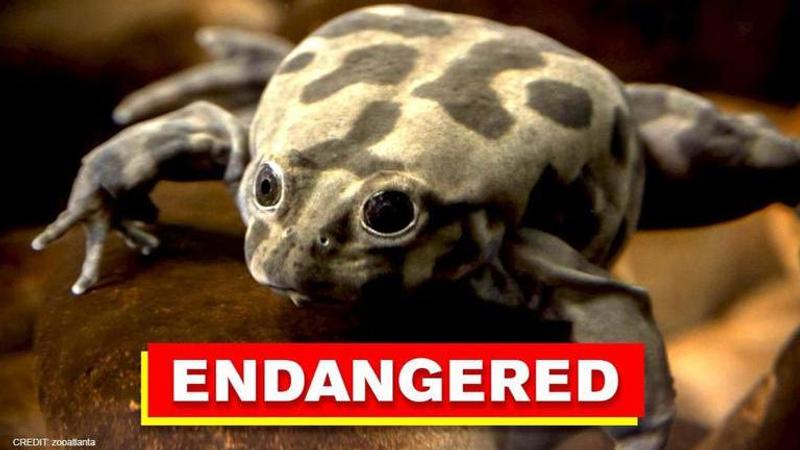Published 15:23 IST, July 27th 2020
UN, GEF form international team to preserve rare Titicaca frogs found in Bolivia
UN has formed a team of international scientists to go to Bolivia and preserve the future of the endangered Telmatobius culeus, known as the Titicaca frogs.

The United Nations and the Global Environment Facility (GEF) have formed a team of international scientists to go to Bolivia and preserve the future of the endangered Telmatobius culeus, commonly known as the Titicaca water frog. The team has been formed to look for ways to preserve the rare frog for the future, said Bolivia's Museum of Natural History in a statement to the press. The conservation and study will be done in the Lake Titicaca basin, Bolivia, the only place where the aquatic amphibian are found.
According to reports, the international team formed by the United Nations and the Global Environment Facility (GEF) consists of scientists from Peru's Cayetano Heredia University and environmental NGO NaturalWay, Bolivia's Museum of Natural History, Colorado's Denver Zoo and Ecuador's Pontifical Catholic University's Zoology Museum. the preservation of the frog is important because it is classified as endangered by the International Union for Conservation of Nature (IUCN) Red List.
Titicaca frogs
Titicaca water frogs are the largest aquatic amphibian in the world as in the outstretched position it can measure up to 2 feet in size. The frogs live 100 metres deep in the water but are also found in the shallower depths and are tend to be more active during night time. The Titicaca frogs are known for eating amphipods, snails, insects, and tadpoles, however, adults have been recorded to eat fish and even small frogs. Titicaca frogs reach maturity level at the age of three, according to reports.
Updated 15:23 IST, July 27th 2020




